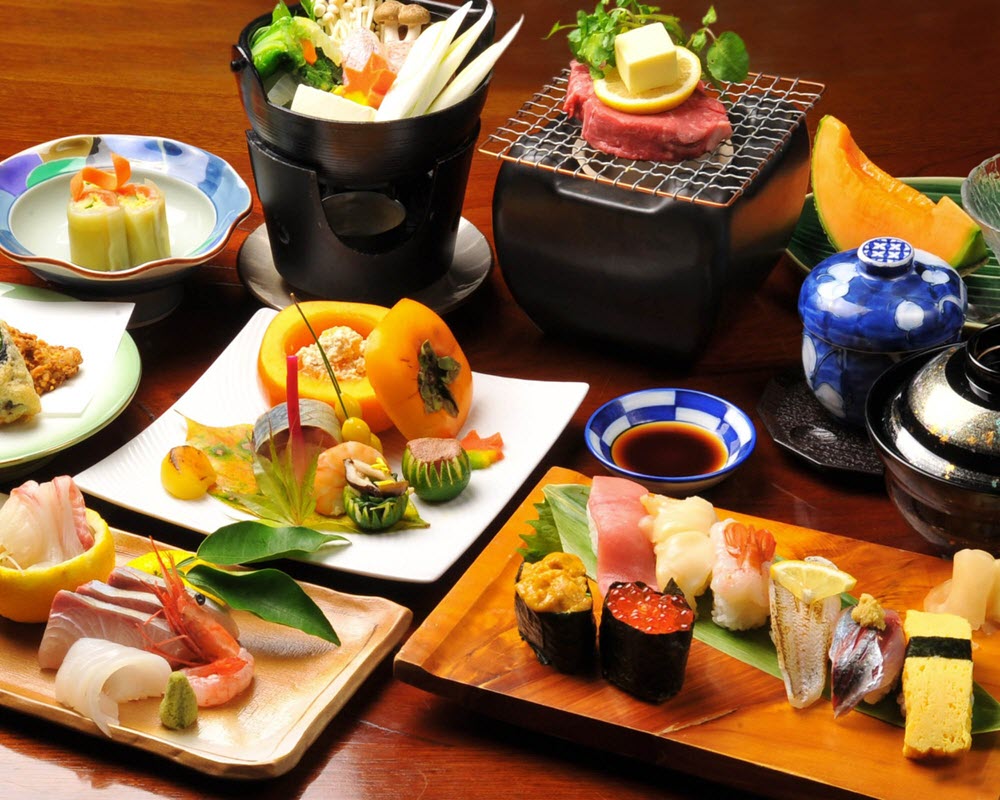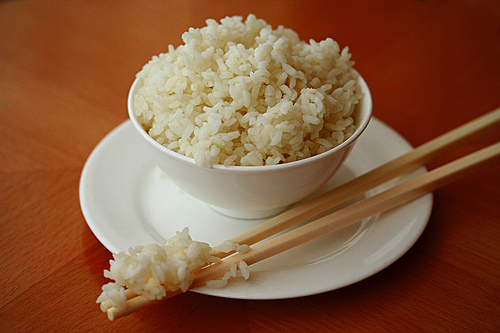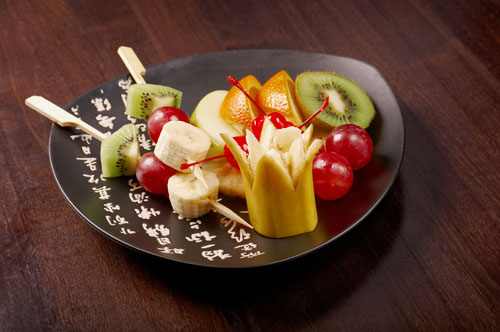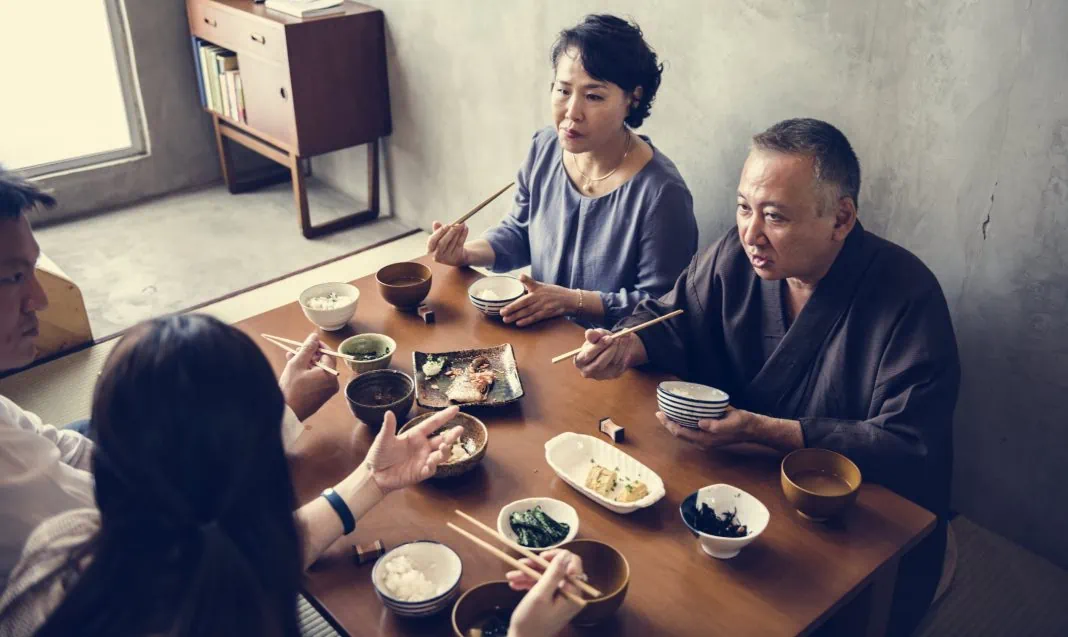Japanese people are known for their slim waists and lengthy lifespan, and while food is not everything, diet does play a critical role in health. The Japanese Diet is not a fixed, rigid diet; it’s more of a sum-up of all the foods, eating habits, and ways of cooking used in Japan. It’s not even about eating traditional Japanese dishes, you could easily call it a lifestyle and not a diet.
Benefits of the Japanese Diet
The benefits of adopting Japanese dietary habits are not just assumptions, statistics reveal numbers you can’t argue with. Firstly, Japanese people have the world’s lowest obesity rate: just 4.5% compared to 44% for Americans and 25% for the French, according to the International Obesity TaskForce.
Their healthy weights are not just good genes since the Japanese can easily gain weight if they adopt the Western-style diet. More importantly, Japanese women and men have a life expectancy of 86 and 79 years, respectively (no.1 in the world) compared to 80 and 75 years for Americans.
Last but not least, because of their dietary habits, the Japanese eat about 25% fewer calories every day, compared to the average American. Sure, there are probably more numbers that all lead to the same conclusion: their eating methods are healthier than ours. Nevertheless, these are the main statistics that pretty much say it all when it comes to proving their superior culinary habits.

Essential Rules of the Japanese Diet
Presentation matters
Taste and flavor are very important when we decide whether we like a certain food or not, but its aspect is also a factor not to be ignored. Japanese dishes are served in smaller portions when compared to their Western counterparts. And they always catch your eyes, so before you start eating with your stomach, you eat with your eyes.
Smaller portions obviously encourage you to eat less, and a dish that looks appealing makes you take your time to savor it, eating slower.
Lighter Foods, Less Calories
The Japanese do eat fewer calories than Westerners, but not by starving themselves. Instead of nutritionally dense foods like potatoes, bread, chocolate, and cookies, they prefer eating lower-calorie foods like vegetables, fruits, and soups as part of their daily meals.
Smaller portions
Each food dish is served on its own small plate or bowl. Japanese love variety, but they are also very good with portion control. Added to their healthy food choices, it’s the perfect way of achieving balanced nutrition while keeping daily caloric intake to the numbers needed for the ideal weight.
With bigger servings, people can eat up to 45% more food, according to scientists from the University of Illinois. The American Heart Association also published a study recently about portion size vs serving size worth reading. There have been numerous research studies on the matter, and the vast majority of them got to the same conclusion. The more food we have in front of us, the more we tend to eat.
So, a simple way of eating less works for an entire nation. And it can surely work for anyone willing to make some changes towards a healthier lifestyle.

Rice at Every Meal
Everyone knows the Japanese are rice eaters, but did you know that the average Japanese eats up to 6 times more rice than the average American? Each meal includes a small bowl of rice, from breakfast to dinner.
Rice is low in fat and has complex carbs that are filling and keep hunger at bay for a long time, preventing cravings for highly caloric foods like cookies and desserts. Also, you should know that traditional Japanese rice is cooked plain, with no added butter or other fats.
Veggie Variety
Japanese dishes are often packed with several kinds of vegetables. Many of their traditional recipes include vegetables such as green beans, zucchini, red bell peppers, onions, green peppers, tomatoes, eggplant, carrots, bamboo shoots, spinach, turnips, shiitake mushrooms, sweet potatoes and seaweed.
Even at breakfast, eating a salad or a vegetable soup is perfectly normal. Vegetables are usually simmered in broth, lightly steamed or stir-fried with a bit of canola oil, all healthy cooking methods that preserve most of the nutrients.
Fish is King
Compared to the Western diet, the Japanese include many more fish. They prefer fatty fish, rich in omega-3 fatty acids, like salmon, tuna, sardines, mackerel, and herring. Japan’s population is only 2% of the world’s population, but they eat 10% of the world’s fish.
Soy Love
The Japanese have various natural soy products such as soy sauce, tofu, edamame, soy sauce, and miso. Soy is one of the richest non-meat protein sources, which is also very low in fat.

Healthier Desserts
Many Japanese desserts consist of sliced, nicely arranged fruit servings. It doesn’t mean they don’t eat any Western desserts, but they do eat them less often and in smaller portions. Plus, they drink loads of green tea.
Conclusion
The Japanese Diet is one of the best examples of healthy eating, as proven by an entire nation. No calorie counting, no food diaries, and other modern tricks that actually make you think about food way more than you need to. And let’s be honest: Japan is also a modern country with stressful jobs, smoking, and drinking. But they still manage to outlive us Westerners, and that says it all.
